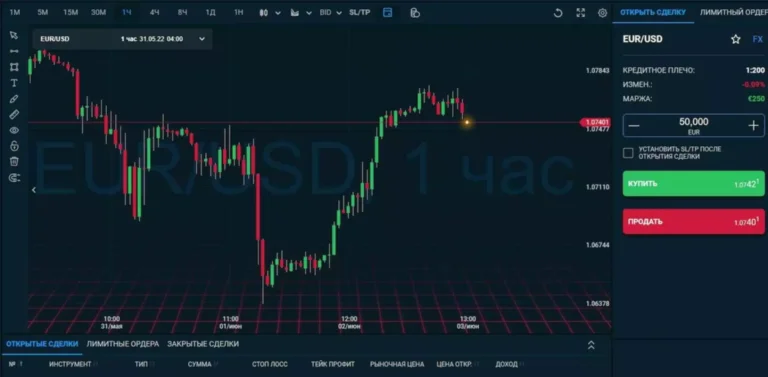Securities Vs Commodities: Why It Matters For Crypto
But incomes those shares by working in a startup and contributing only your time and experience doesn’t qualify as an funding of money. You may contemplate allocating up to 10% of your portfolio to a mixture of commodities. Ordinary buyers can look to considered one of several commodities ETFs or mutual funds to gain exposure.
The most typical form of safety is fairness, debt, or a mixture of each. Likewise, trade of commodities happens between corporations dealing in these. For instance, meals producers would buy livestock and agricultural commodities, whereas industrial firms would buy metals.
Shares of inventory, for example, may be bought and sold on inventory exchanges, and ownership may be transferred with relative ease. Securities are tradable monetary property th at provide an avenue for investment, presenting the opportunity for returns in the form of dividends, interest, or capital appreciation. A safety, on the other hand, is a financial instrument that holds monetary worth. It represents an possession place in a publicly-traded corporation (stock), a creditor relationship with a governmental physique or a company (bond).

Securities and commodities are two very completely different monetary devices and in the united states, are regulated by two totally different government organizations. Furthermore, merchants buy crypto belongings for speculative purposes, thus matching with commodities as they, too, work worth hypothesis. Similarly, one other strong argument for putting cryptocurrencies within the commodities bucket is their decentralized nature.
Since we encounter them daily, financial education is more necessary than ever. Even basic terms can be complicated, and safety vs. commodity isn’t any exception, particularly for the common individual. Another instance is the SEC’s Regulation on Fair Disclosure, which enforces simultaneous public dissemination of fabric firm occasions rather than permitting insiders early access.
Mutual funds, an array of index funds, and ETFs can supply broad diversification. You might also trade stock options if you’re comfy with speculative investments. Investing in securities, however, involves risks similar to market danger, the place the price of the security may fall because of components like financial developments or adjustments in investor sentiment. After understanding the distinction between fairness and commodity, you must know which is better for you in the long term. You can choose between buying and selling within the commodity and fairness markets, depending on your risk urge for food. One common technique in buying and selling is to purchase positions and maintain them for a chronic time, which turns into much less likely in commodity trading.
How Securities Are Regulated?
However, declining demand for these products can lead to decrease cobalt costs. Consumer preferences and climate changes are two of the various elements that impression commodity prices. The debate over whether Proof of stake cryptocurrencies represent commodities or securities remains unresolved.
Firm

As novel property like cryptocurrencies emerged that don’t neatly fit prior classifications, regulators have expanded their interpretations of current laws to supply oversight. Recent examples embrace the SEC deeming some tokens as funding contract securities (based on the Howey test) or the CFTC permitting Bitcoin futures merchandise. Such flexibility allows the broad software of longstanding investor protection ideas to fashionable markets. Commodities are merchandise, similar to electricity, uncooked supplies or agricultural items, that can be bought and sold. Some commodities, like electrical energy, do not have a tangible physical form but can still be traded as commodities primarily based on their provide and demand. Commodities typically have provide limitations, and each unit is interchangeable with other units of the same commodity.
- Generally, a commodity is an effective exchangeable with different items of the identical kind, normally uncooked material for producing goods or companies.
- Some commodities, like electricity, don’t have a tangible physical kind but can still be traded as commodities primarily based on their provide and demand.
- We additionally go into particulars concerning the Howey Test, a set of standards used to discover out whether or not an asset is a security.
- Solving the debate concerning the asset class of cryptocurrency could finish considerations about its legitimacy, as financial specialists might higher perceive tips on how to navigate the panorama.
- While both commodities and securities symbolize funding opportunities, the first difference lies of their nature.
However, understanding where a token falls may help guide your selections. If crypto is handled like a commodity, you might see lighter rules, extra flexibility, and opportunities difference between a security and a commodity for fast innovation however much less regulatory protection. Some commodities are tangible bodily assets like agricultural goods, metals and power which are consumable and driven by supply-and-demand dynamics.

However, usually, we’d like assist to attract a tough line between the usages of various varieties of commodities as a number of companies have exposure to numerous https://www.xcritical.com/ commodities. Securities then again are subject to guidelines on worth transparency, greater reporting calls for, as well as market abuse oversight. Overseeing a security tends to be much more expensive since it’s extra work to verify a product is in compliance with regulation.
If cryptocurrencies are thought-about securities, they might comply with the Securities and Exchange Commission (SEC) rules. The SEC depends on the Howey Test, a legal framework relationship again to the 1940s, to discover out whether an asset qualifies as a safety. The Commodity Exchange Act, initially passed in 1936, lays out the foundational guidelines for trading commodity futures. It has been up to date over time to match market developments, and it grants the CFTC the authority to determine detailed rules printed within the Code of Federal Regulations. Globally, regulatory oversight of cryptocurrencies is more stringent in developed regions, like some elements of Asia, Europe and the United States. This has forced several cryptocurrency exchanges to both blacklist residents in certain regions or implement Know Your Customer (KYC) requirements.

Deixe um comentário